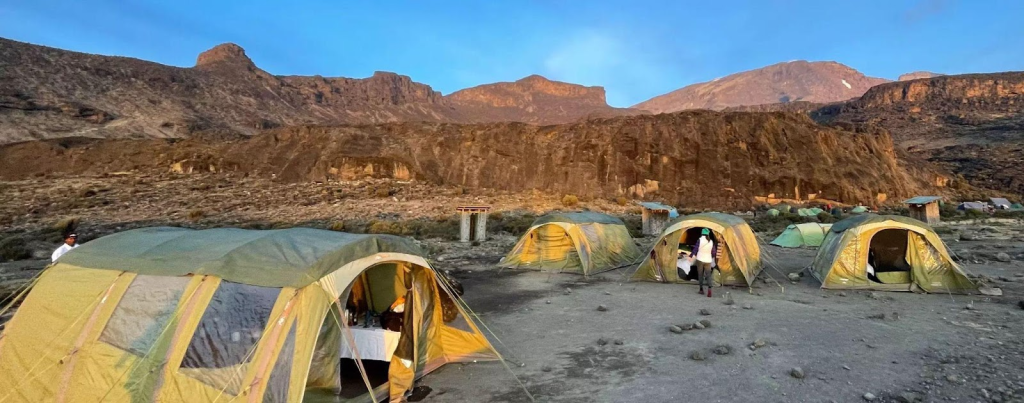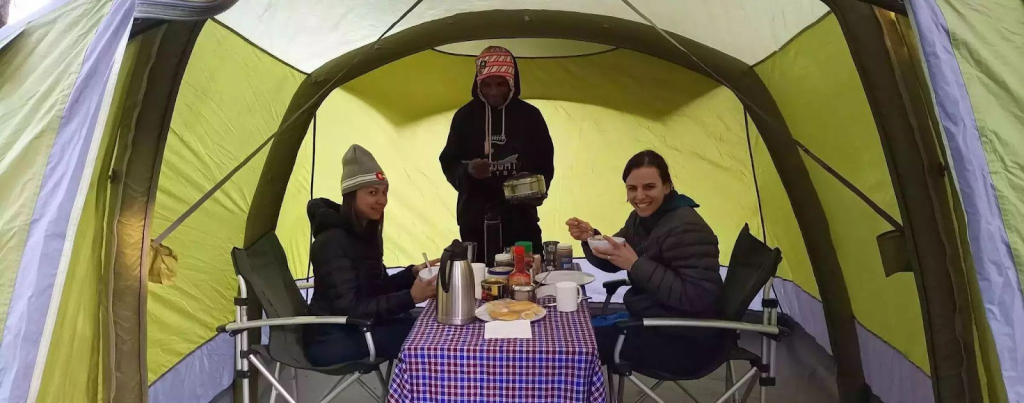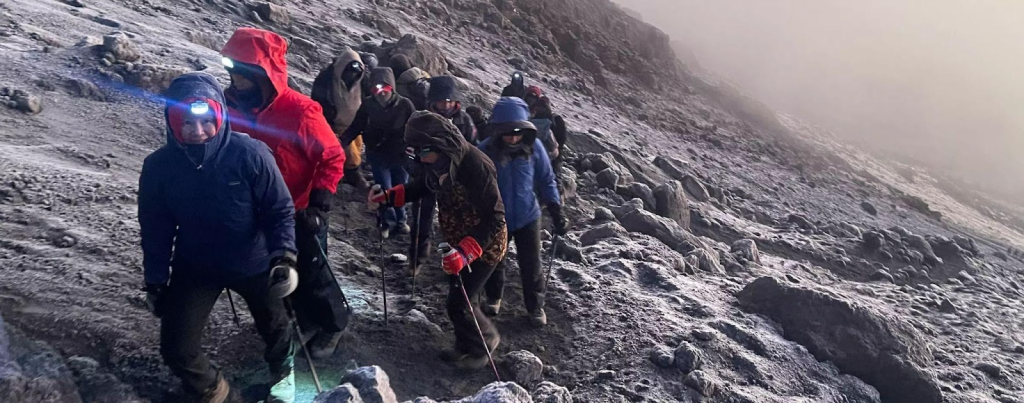
Every artist, athlete, or dreamer knows the feeling of chasing a rhythm — that steady pulse between movement and meaning, between effort and inspiration. Mount Kilimanjaro carries that rhythm in its wind.
Rising 5,895 metres above Tanzania’s plains, Kilimanjaro is the highest mountain in Africa and one of the most awe-inspiring places on Earth. To climb Kilimanjaro is not just to test the body, but to rediscover the music of endurance — the slow, steady beat of breath and heartbeat that leads you to something timeless.
The Flow of Effort
On the mountain, everything slows down. Each step becomes deliberate, each inhale sacred. You start in the humidity of the rainforest, surrounded by birdsong and mist, and end in a silence so pure it feels like the edge of creation itself.
There’s no soundtrack here — just rhythm. The crunch of boots on volcanic dust. The pulse of your heart at altitude. The quiet encouragement of guides whispering pole pole — “slowly, slowly.”
That rhythm, once found, stays with you forever.
The Right Tempo
People often ask how long does it take to climb Kilimanjaro. Technically, you can do it in five days. But the best music — like the best climbs — needs tempo.
Seven to nine days is ideal. That’s enough time to acclimatise, to let the rhythm of the mountain sink in, and to find your stride. Rushing leads to altitude sickness. Moving slowly lets you adapt and absorb — it’s the difference between noise and harmony.
Choosing the Melody
Every route up Kilimanjaro has its own tone. The popular Machame and Umbwe paths are energetic and crowded — a bit like a festival’s main stage: loud, exciting, but sometimes overwhelming.
Then there’s Team Kilimanjaro’s TK Lemosho Route — the acoustic version of the climb. It’s quieter, smoother, and beautifully paced, taking you through rainforest, heather, and desert before joining the northern circuit toward the summit. It also avoids the wasted energy of the traditional routes, which include a pointless 401-metre climb lost immediately into Karanga Valley.
For those who crave something rare and intimate, the Excel Extension offers a night inside the crater at 5,729 metres — sleeping among the glaciers, beneath a ceiling of stars. It’s the encore few ever get to play.
The Best Season for Sound and Silence
The best time to climb Kilimanjaro is during the dry months — January to March and June to October — when the skies are clear and the views stretch endlessly.
But the quieter rainy seasons (April–May and November) have their own poetry. The forests come alive, the trails empty, and the air hums with rain. It’s unpredictable, moody, and cinematic — like jazz improvisation in the clouds.
Every season sings its own song. The key is knowing which one matches your tempo.
Composition and Collaboration
Kilimanjaro is not a solo act. Tanzanian park regulations require every climber to travel with licensed guides and porters. They are the unsung orchestra behind each successful ascent — carrying supplies, preparing meals, and setting the rhythm that keeps everyone safe.
Team Kilimanjaro runs its expeditions like a perfectly tuned ensemble. Its seven “support series” offer different arrangements of comfort and challenge.

Most climbers — around 70 percent — choose the Advantage Series, where comfort meets authenticity: fresh food, private toilets, mess tents, and a sense of community. The Superlite Series strips things down to their essentials — minimalist, raw, and honest. At the high end, the Hemingway Series turns the climb into an art form — refined, private, and seamless.
Each version has its own energy. What matters is harmony: the alignment between purpose, preparation, and pace.
Summit Night: The Crescendo
The final climb begins in darkness. At midnight, the mountain is still and stars shimmer like metronomes above. Climbers move in quiet unison, their breath forming clouds that pulse with each step.
The ascent is steep, but the rhythm carries you. Hours blur into motion. Then, somewhere near dawn, the horizon explodes with colour — gold, orange, and rose. The glaciers flash white and blue. And suddenly, you’re there: Uhuru Peak, 5,895 metres above the world.
It’s a moment no photograph can capture. The silence is too deep, the light too pure. You realise the real summit wasn’t a place but a process — the discipline, patience, and balance that got you there.

Descent and Reflection
The way down feels like a reprise — softer, reflective, peaceful. You notice details you missed before: the scent of rain on volcanic soil, the laughter of porters, the distant calls of colobus monkeys in the forest below.
By the time you reach the trailhead, you’ve changed tempo entirely. You move slower, speak softer, breathe deeper. You’ve learned that rhythm isn’t just for music — it’s the secret of resilience.
Many climbers extend their journey with a safari through the Serengeti or a few days of calm in Zanzibar. Others return straight home, where the hum of the city sounds different — because they’ve heard something higher.
The Meaning of the Music
To Kilimanjaro veterans, the climb feels like an album — each day a new track, each altitude a different key. It’s demanding, emotional, and cleansing all at once.
At the summit, every climber becomes an artist of effort — composing strength out of fatigue, beauty out of struggle, stillness out of storm.
And when they descend, they carry that music with them — the rhythm of patience, the harmony of teamwork, the melody of freedom.
In an age of instant gratification, Kilimanjaro is the ultimate slow jam. It teaches you that true elevation — in art, in life, in spirit — always comes from keeping your rhythm when the air gets thin.
